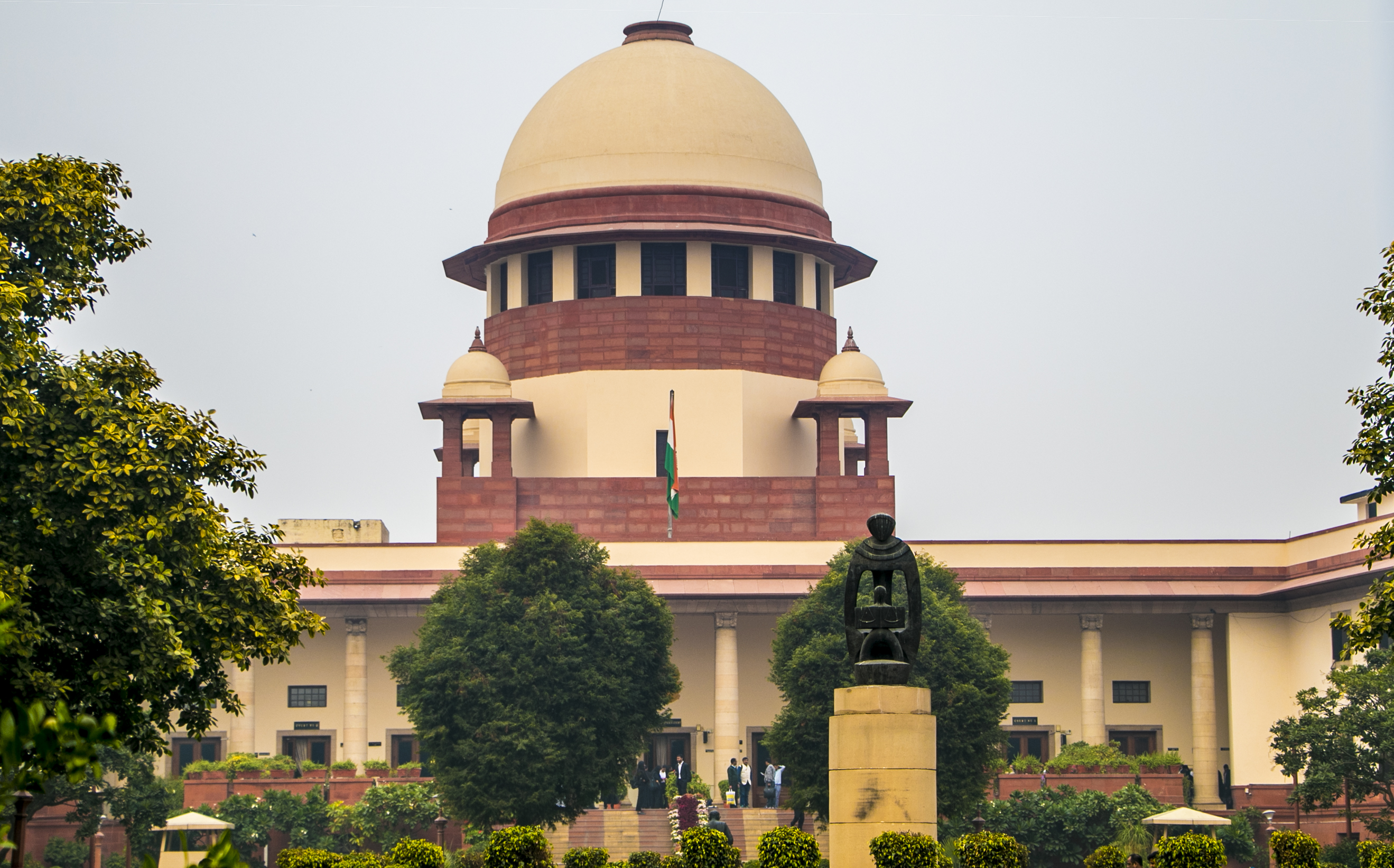Creative freedom of filmmaker cannot include the freedom to lampoon, stereotype, misrepresent or disparage the marginalised: SC issues guidelines for portrayal of persons with disabilities in visual media, upholds certification of 'Aankh Micholi' film
CJI DY Chandrachud & Justice J B Pardiwala [08-07-2024]

Read order: Nipun Malhotra v. Sony Pictures Films India Private Limited & Ors [SC- CA No. 7230 of 2024 @ SLP (C) No. 5239 of 2024]
LE Correspondent
New Delhi, July 8, 2024: In a significant judgment, the Supreme Court has laid down guidelines for the accurate and respectful portrayal of persons with disabilities in films and visual media. While disposing of an appeal filed by a disability rights activist against the film 'Aankh Micholi', the apex court emphasized the need for visual media to align with the anti-discrimination and dignity-affirming objectives of the Constitution and the Rights of Persons with Disabilities (RPwD) Act, 2016.
The activist, Nipun Malhotra, had challenged the portrayal of persons with disabilities in 'Aankh Micholi', contending that it reinforced stereotypes and was derogatory. However, the court noted that since the film had been granted certification by the Central Board of Film Certification (CBFC), it was presumed to have complied with the applicable guidelines. The apex court was not inclined to interfere with the CBFC's determination.
In its judgment, A Division Bench headed by CJI DY Chandrachud observed that “we are of the view that the freedom under Article 19(1)(a), that is the creative freedom of the filmmaker cannot include the freedom to lampoon, stereotype, misrepresent or disparage those already marginalised”.
The Bench stated that “if the overall message of the work infringes the rights of persons with disabilities, it is not protected speech, obviating the need for any balancing”. It, however, clarified that “in appropriate cases, if stereotypical/disparaging portrayal is justified by the overall message of the film, the filmmaker’s right to retain such portrayal will have to be balanced against the fundamental and statutory rights of those portrayed”.
The top court laid down a framework for the portrayal of persons with disabilities in visual media. It emphasized the use of inclusive language, accurate representation of medical conditions, balanced depiction of the diverse realities and contributions of persons with disabilities, and avoidance of stereotypes. The court also called for participation of persons with disabilities in decision-making bodies and consultation with disability advocacy groups.
While the Supreme Court did not grant specific recommendations sought by the appellant, such as inclusion of subject matter experts in the CBFC and formulation of additional guidelines, it took the opportunity to provide a comprehensive framework for the respectful representation of persons with disabilities in films and media.
The judgment aims to promote a more inclusive understanding of disability and shift the narrative from one of limitation to one of potential and agency.
Sign up for our weekly newsletter to stay up to date on our product, events featured blog, special offer and all of the exciting things that take place here at Legitquest.




Add a Comment